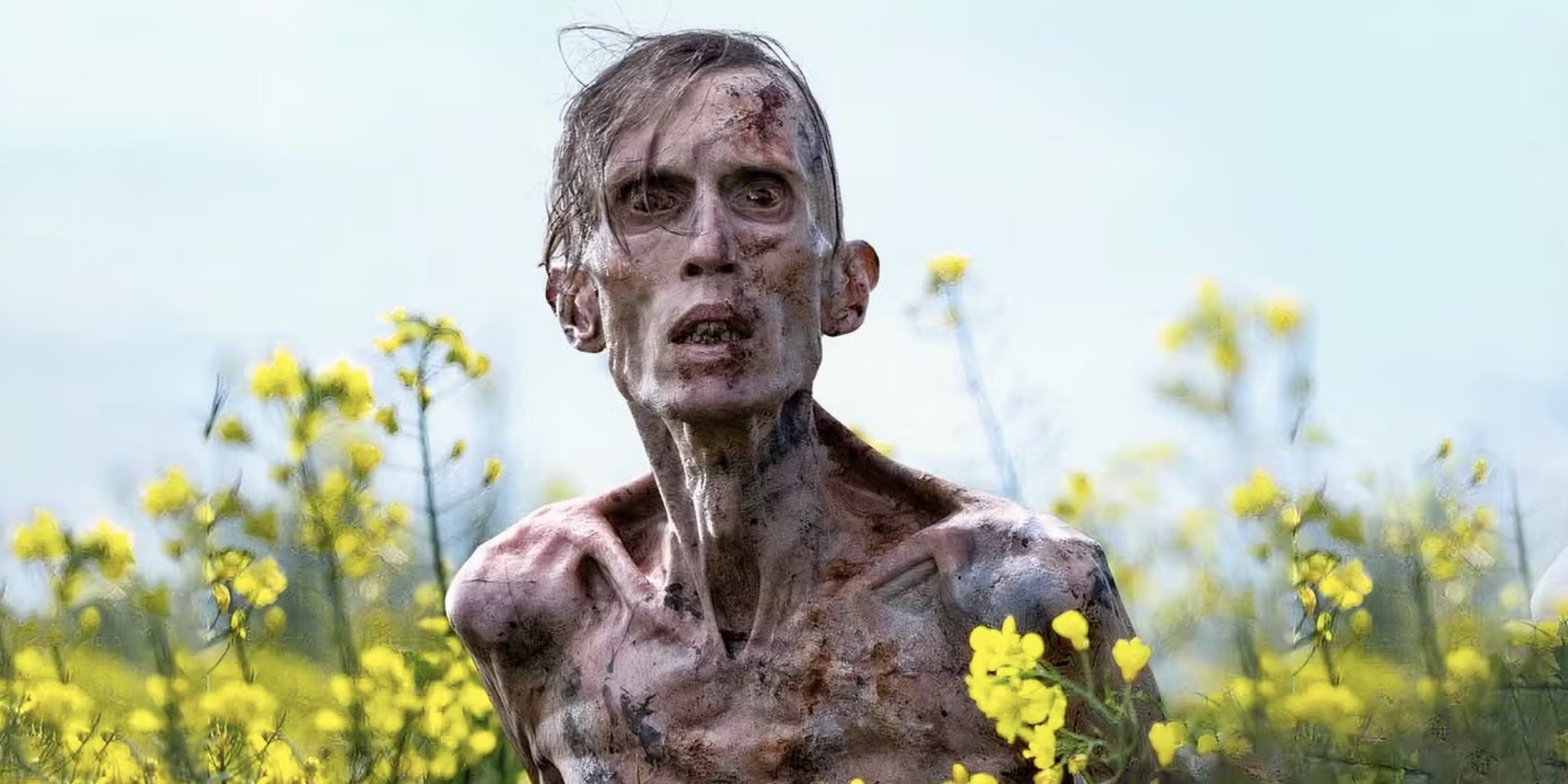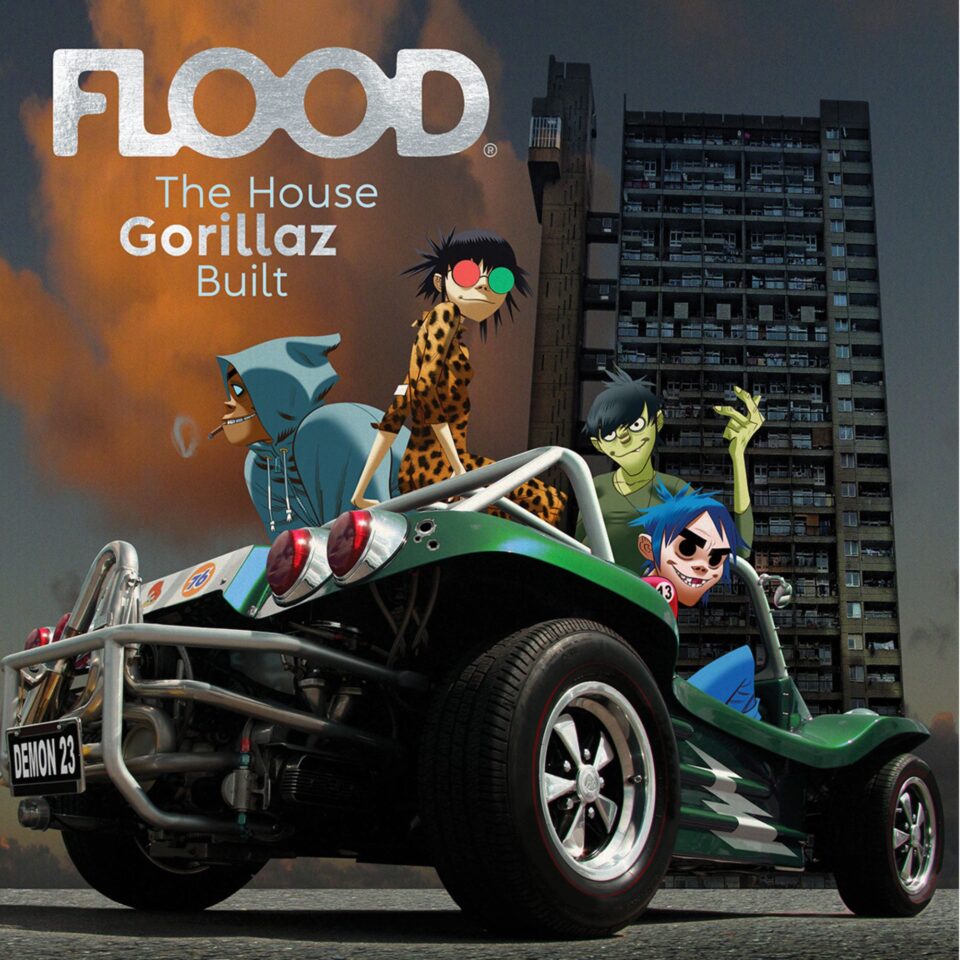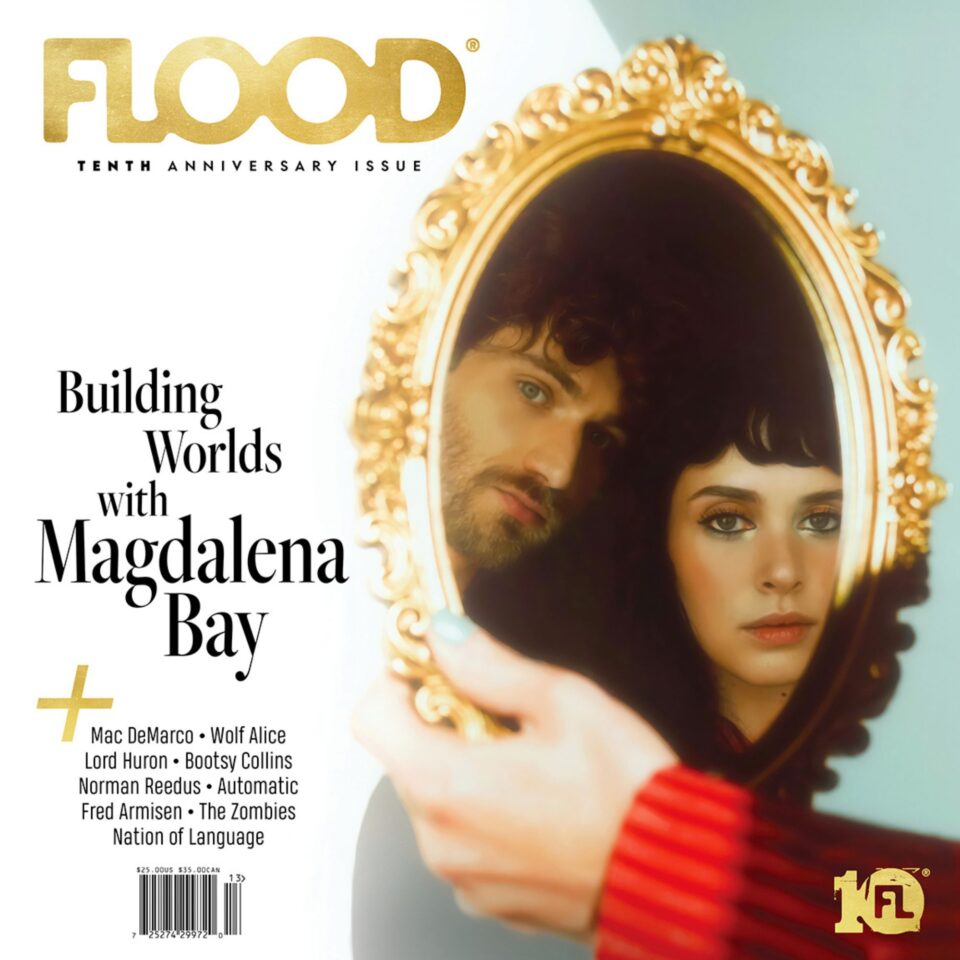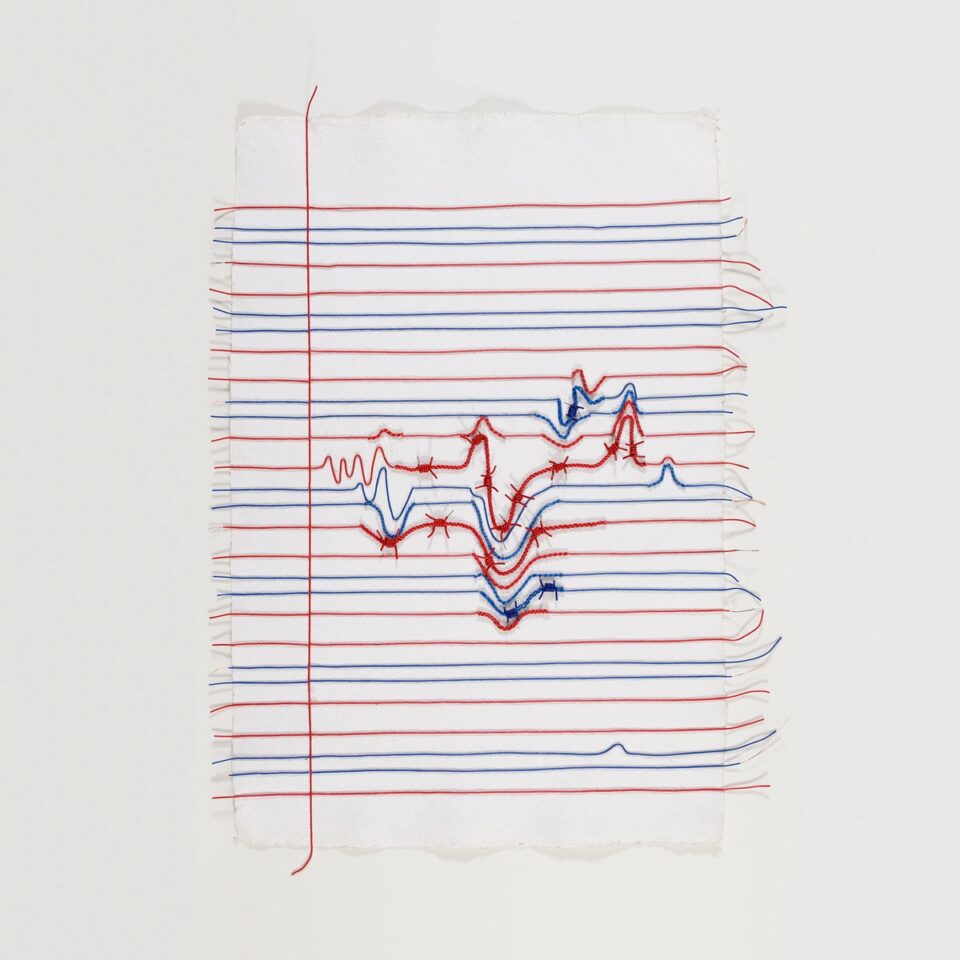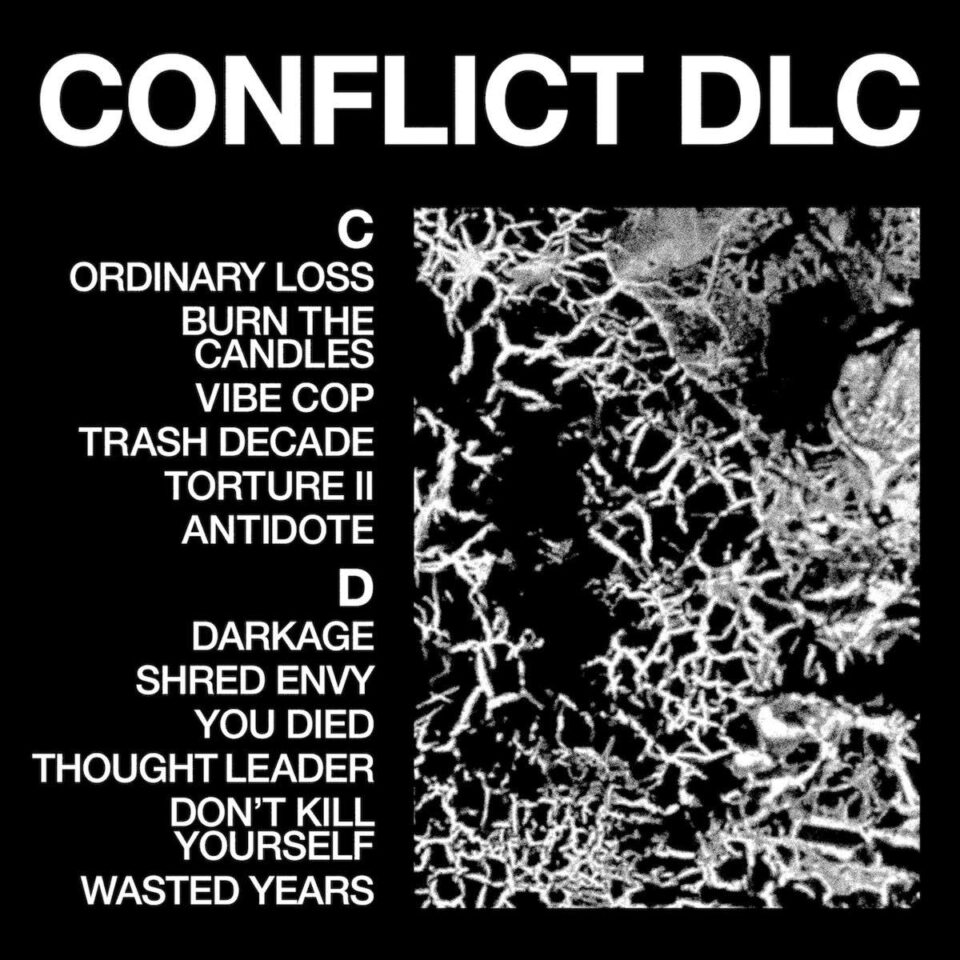Film scholars have long noted the correlation between the popularity of horror and/or zombie flicks and rising collective societal fears during periods of tumult and war, literal and otherwise. It’s a means of externalizing internal fears and all that, a catharsis of sorts. In that regard, 28 Years Later couldn’t have come at a better, more chaotic time; the fans need deliverance.
While it hasn’t quite been 28 years since the premiere of the foundational 28 Days Later in June 2003, the third installment of an unlikely franchise hits theaters this weekend to the delight of eager, introspective post-apocalyptic horror fans. The film not only meets the high expectations set for it as a legacy sequel, but it surpasses them; it manages a return that’s ambitious, bold, and visually stunning (shout out to cinematographer Anthony Dod Mantle). Though the film isn’t without some minor flaws, we’ll cover those later.
Speaking to the Toronto Sun, director Danny Boyle noted about returning to the franchise alongside 28 Days Later writer Alex Garland, “If we were gonna do it, we wanted to make it as original as the first one had been, and the first one is indebted to the Romero films [Night of the Living Dead, Dawn of the Dead, and Day of the Dead]... This is indebted to the first film but not over-obliged to it. It stands on its own feet; it can be experienced on its own.” Audiences absolutely don’t need context to enjoy 28 Years Later, but I’ll give you the genesis just in case.
The trilogy broadly takes place in a present-day, post-outbreak Britain wherein humans have contracted the “Rage Virus.” The virus, which essentially exacerbates the existing human inclination toward brutality and primal aggression, turns the infected into non-supernatural but hyper-violent zombie-like creatures eager to sink their teeth into something. They turn fast, they run fast, and they frequently projectile vomit buckets of blood into the faces of their victims. The sickness originated in primates who were exposed to cruel experimentation in the form of images of extreme violence—the kind we see on our nightly news and all day on social media.
28 Days Later picks up four weeks after the infection spreads from a primate research facility in Cambridge to London. After he wakes up alone in a hospital, Jim (Cillian Murphy and his signature baby blues) saunters around the abandoned city in some beautiful lo-fi shots. In 28 Weeks Later, mainland Britain is resettled about six months after the initial virus wipes out the majority of the population. The film follows the inevitable and devastating military response that occurs when a second outbreak emerges. While Boyle notably directed the first film and even portions of 28 Weeks Later (including its memorable opening sequence), the 2007 sequel was primarily helmed by Juan Carlos Fresnadillo and written by Fresnadillo, Rowan Joffe, and Enrique López Lavigne.
While the protagonists vary throughout the three films, the constant remains in the intricate dynamics between individuals and families. 28 Years Later is a study in survival. A small town is holed up on an English island off the coast of Northumberland, separated from the mainland by a causeway only accessible during low tide. Here, the townspeople train young boys to hunt the infected while the community lives a more agrarian, pre-industrial, but quaint life. The “zombies”—who aren’t really zombies, in that they aren’t reanimated dead people—on the other hand, are hunting in naked packs with a designated alpha male. There are a few variations of infected now, too, including slow, large ones that eat earthworms in addition to the twitchy speed demons of yesteryear. Against all odds, one of the infected is also pregnant.
The film’s central protagonist is 12-year-old Spike, played with incredible depth by Alfie Williams. The young boy undergoes a rite of passage, as guided by his well-meaning but troubled father, Jamie (Aaron Taylor-Johnson), to venture to the mainland where he’s to kill some infected. Bow in hand, what he learns is what most soldiers do: that war and violence are much more mundane and horrific than he’d imagined. Violence begets violence, etc.
Alongside his ailing mother, Isla, played by Jodie Comer (who you may remember from 2023’s The Bikeriders, where she delivered the strongest Chicago accent known to man), Spike ventures to the island once more. There’s rumored to be a doctor there (Ralph Fiennes) who may be able to help Isla, though the road is obviously treacherous, littered with infected, of course, but the views are absolutely stunning. While the two previous iterations of this cinematic universe revolved primarily around urban cityscapes, 28 Years Later spotlights the rural, including glorious forests and picturesque decaying stone structures.
As far as minor hiccups go, I must admit there was less gore than expected. There is, however, a large, infected character named Samson (former professional fighter Chi Lewis-Parry), whose finishing move is giving Sub-Zero from Mortal Kombat. There are also some questions I have regarding the universe’s own rules regarding its raging infected population and how easily the virus is spread.
This time around, the franchise sees a return of its original creative forces, with Boyle and Garland back at the helm, and the result is undeniable. The pair seems aligned in crafting an intellectually engaging work steeped in existential unease. Ultimately, 28 Years Later is a dystopian narrative shaped in an elevated sci-fi horror framework, peppered with philosophical ruminations about human nature and morality. The pair notably also previously collaborated on 2007’s Sunshine, which has become something of a cult classic in recent years. Cillian Murphy is also back as an Executive Producer, but don’t hold your breath for an on-screen appearance this time.

